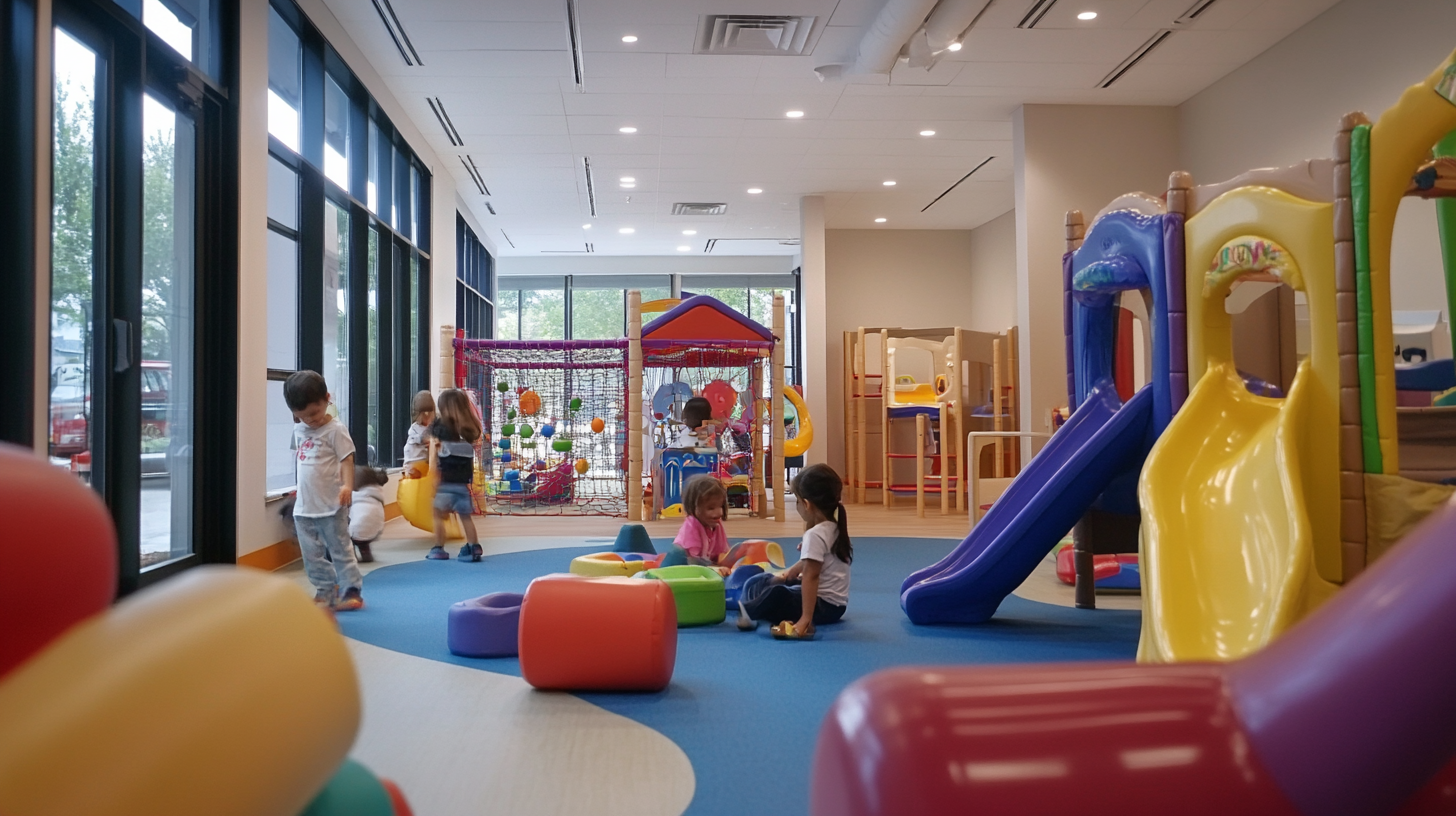At Open Doors Preschool, we believe that every child deserves the best start to their educational journey. One of the most important—but often overlooked—factors in early childhood education is the child-to-staff ratio. It’s not just a number; it’s a reflection of the quality of care, learning, and safety a child experiences each day.
Today, let’s dive into why low child-to-staff ratios matter, and how Open Doors Preschool champions this standard to open doors for every young learner’s future.
What is a Child-to-Staff Ratio?
Simply put, the child-to-staff ratio is the number of children assigned to each teacher or caregiver in a classroom. The lower the ratio, the fewer children each teacher is responsible for at one time. But the importance of these ratios extends far beyond mere supervision.
Low ratios are fundamental to delivering high-quality preschool education because they directly impact the amount of individualized attention, the depth of learning experiences, and the safety provided to each child.

Personalized Attention: Meeting Each Child Where They Are
Children aren’t one-size-fits-all. They come to preschool with diverse backgrounds, personalities, and developmental levels. In a classroom with a low child-to-staff ratio, teachers have the time and capacity to recognize each child’s unique strengths and needs.
At Open Doors Preschool, smaller class sizes allow our teachers to:
- Tailor activities to individual learning styles
- Quickly notice and address developmental delays
- Foster deeper emotional connections with each child
- Provide meaningful, real-time feedback
This kind of personalized attention isn’t possible when teachers are stretched too thin. In a crowded classroom, even the most skilled educator struggles to truly “see” each child every day.
Accelerating Developmental Milestones
Early childhood is a period of rapid growth across cognitive, motor, emotional, and social domains. Achieving developmental milestones—like speaking in full sentences, sharing with peers, or mastering fine motor tasks—requires consistent, responsive interactions with adults.
Low child-to-staff ratios directly contribute to:
- More frequent language-rich conversations
- Better modeling of social behaviors
- Increased opportunities for hands-on learning
- Prompt emotional support during challenges
At Open Doors Preschool, our low ratios mean that no milestone goes unnoticed. We celebrate every accomplishment and intervene early if a child needs extra help—setting them up for lifelong success.
Ensuring a Safe and Supportive Environment
Safety is a non-negotiable priority for any parent or caregiver. In preschool settings, low child-to-staff ratios are vital for creating a safe environment where children are always within sight and supported quickly when needed.
Here’s how Open Doors Preschool keeps safety front and center:
- Teachers can monitor children’s play closely to prevent accidents
- Faster response times to emotional or physical needs
- Stronger teacher-child bonds that encourage children to seek help when needed
- Better management of group dynamics, reducing conflict and promoting positive socialization
When children feel safe and supported, they are free to explore, take healthy risks, and engage deeply in learning—all essential parts of healthy development.
Strengthening Parent-Teacher Partnerships
When classrooms are smaller and ratios are low, teachers are better positioned to communicate consistently and meaningfully with parents. At Open Doors Preschool, we believe that education is a team effort.
Our low ratios make it possible for teachers to:
- Provide detailed updates on children’s progress
- Share personalized strategies for continued growth at home
- Collaborate with families to address challenges proactively
Parents feel more connected to their child’s experience and more confident in the educational choices they’ve made. And children benefit from the consistency between home and school environments.

Research Supports Low Ratios—And So Do We
Decades of research back what we’ve long believed at Open Doors Preschool: low child-to-staff ratios make a measurable difference. Studies have found that children in smaller classes demonstrate:
- Higher levels of engagement
- Greater academic achievement later in life
- Better self-regulation skills
- Stronger relationships with peers and teachers
In fact, organizations like the National Association for the Education of Young Children (NAEYC) recommend specific low ratios for each age group to ensure optimal learning conditions. We proudly align our practices with these high standards.
The Open Doors Difference
At Open Doors Preschool, low child-to-staff ratios aren’t just a marketing point—they are a fundamental part of who we are. We maintain intentionally small classes to ensure every child gets the attention, support, and nurturing environment they deserve.
When you walk through our doors, you’ll find:
- Cozy, calm classrooms designed for exploration
- Teachers who know each child’s interests, challenges, and dreams
- A culture of care, respect, and high expectations
- Happy, confident children who love to learn
Our commitment to maintaining low ratios is an investment in your child’s future—because we believe that every child deserves to be truly seen, heard, and celebrated.
Ready to Experience the Difference?
If you’re looking for a preschool where your child won’t get lost in the crowd, but will instead thrive in a nurturing, individualized environment, we invite you to connect with us.
Contact Open Doors Preschool today to schedule a tour or learn more about our programs.
Together, let’s open the door to your child’s bright future.

